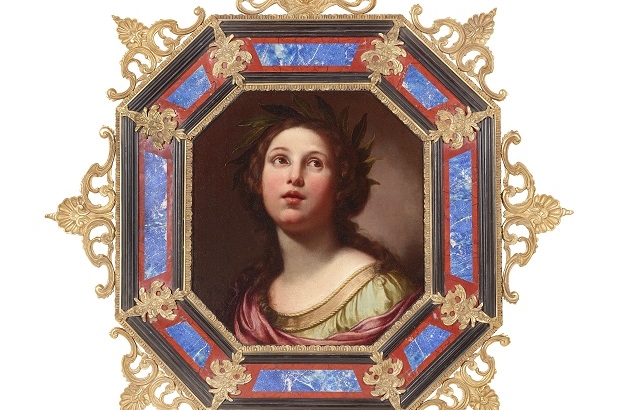- Daily & Weekly newsletters
- Buy & download The Bulletin
- Comment on our articles
Baroque in Florence: Jewel box exhibition shines a light on over-shadowed art movement
While Florence is reputed as the birthplace of the Renaissance, the Italian culture capital is less known for its poetic style of Baroque art, which blossomed during the 17th century.
If that’s one reason to visit the exhibition Baroque in Florence at Bozar, the other is to plunge into a fascinating period of the city from a historic as well as an artistic viewpoint. This selection of treasure trove artworks reflecting human fragility is captivating.
Some 30 works from the collection of the Texas-based Haukohl family, the most important private collection of Florentine Baroque works, are joined by 12 works on loan from the MNAHA, the National Museum of Archaeology, from History and Art of Luxembourg.
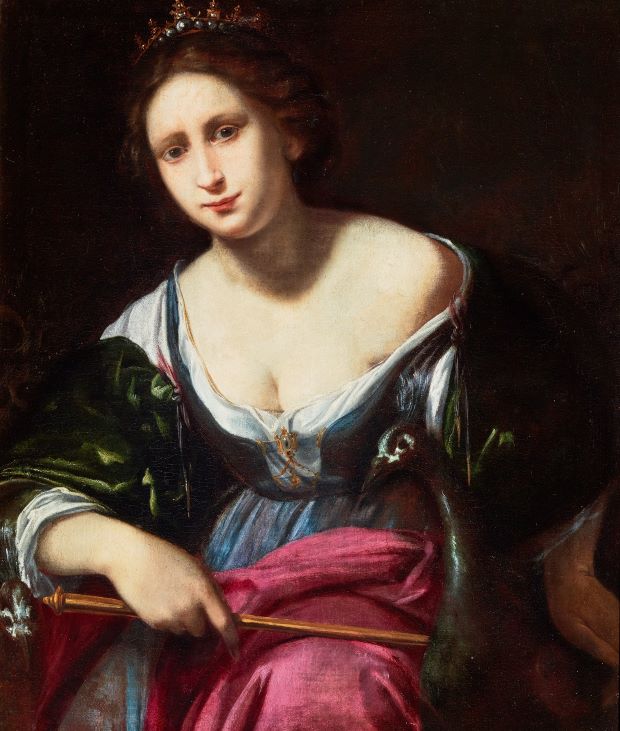
Together they have been touring Europe over the past five years, with the Brussels show the final stop in Europe before the exhibition heads across the Atlantic for an extensive US tour.
It is presented chronologically to highlight the distinctive influences and evolution of the period. Artists eschewed the decorative and emotional excess favoured by Baroque painters such as Caravaggio or Rubens that dominated art between the 16th and 18th centuries.
They also evaded the power of the Church and its restriction on artistic expression as advances in science heightened the Vatican’s need for people to retain their faith. The Florentine father of modern science, Galileo, was forced to recant his argument that the Earth revolved around the sun and spent the rest of his life under house arrest. This tension between religion and emancipation is evident in many of the works on show.
It was a fascinating period as Florence was at the centre of a maelstrom of movement and ideas; its artists part of a highly-influential cultural exchange.

The first part of the show reveals the influence of the dominant Medici family and their patronage of artists, including Jacopo da Empoli, Jacopo Vignali and Mario Balassi. Hanging alongside them is a striking silk tapestry with delicate red brocade panels. It’s testament to Florence’s wool trade and former role as a fashion capital. Other references abound to the city’s textile tradition in many of the portraits. Lustrous depictions of rich fabrics and embroidery were a deliberate display of wealth by the nobility.
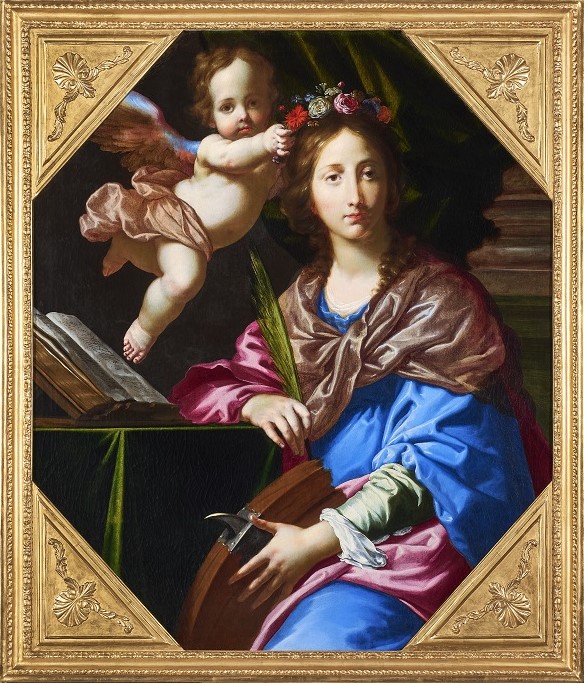
In the second section, visitors discover the influential Dandini dynasty: three generations of artists who perfected the softer, more balanced and emotional side to this particular school of Baroque. Cesare Dandini’s Saint Catherine of Alexandria (pictured above) has been restored to recover its original rich pigmentation and representation of the torture wheel that had previously been disguised to avoid allusion to an object related to suffering and sacrifice.
Continuing the tradition of their predecessors, this artistic generation also remained faithful to academic drawing and preparatory sketches. It is but one area that differentiates the school from the more spontaneous approach favoured by the Baroque movement.
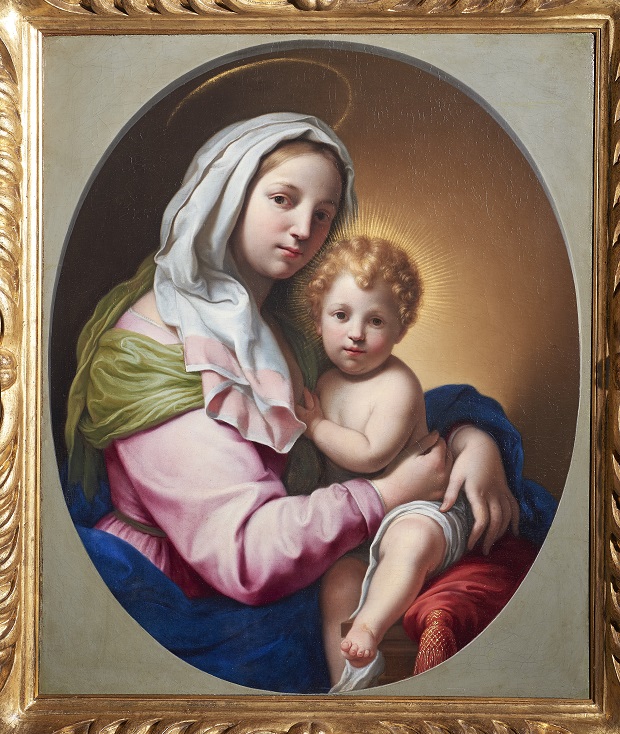
The final part definitively positions Florence as a distinct school with contributions by Onorio Marinari and Alessandro Gherardini. The former’s Madonna and Child (pictured above) was one of the artist’s most important works from his latter career. It’s a picture-perfect representation of the duo; their serenity radiating from the illuminating composition.
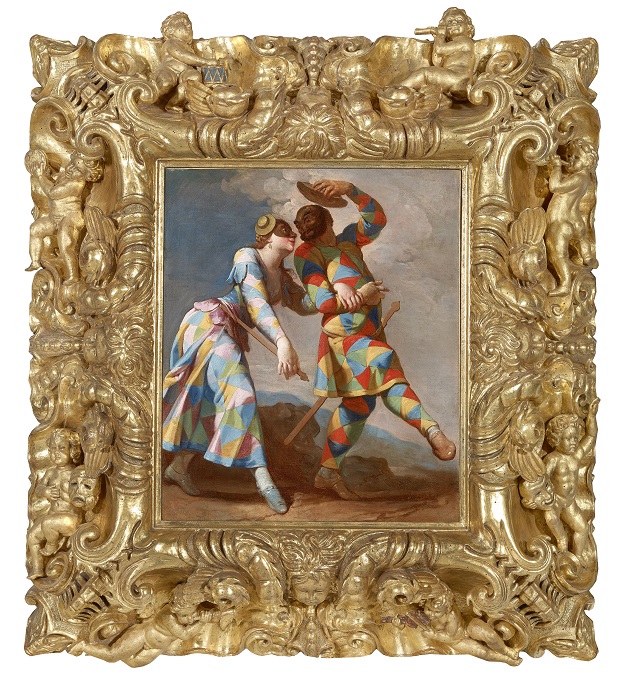
Meanwhile, artists such as Giovanni Domenico Ferretti and his Venetian-style Harlequin and Columbina provide a final flourish and transition into the 18th century. In the painting (pictured above), the two characters from the Commedia dell'arte theatre tradition, skip light-heartedly into what will be a uncertain future.
It’s another Ferretti, God Reproving Cain for the Murder of Abel, that currently occupies the envious position of being Sir Mark Haukohl’s favourite work. It’s always his latest acquisition that fills this role because “you’re studying it, looking at the fragment of the date and the signature, as well as its provenance and exhibition history,” says the scion of the banking family originating from Germany that has been collecting literature and art for six generations.
Since buying his first Baroque Florentine work over 35 years ago, Haukohl has honed the art of creating focus collections. “It requires so much more discipline than just buying what you like to put on a wall in your house. It’s a different world this passion, this vision to stick with this bravura of images and study them.”
He’s applied a similar intellectual rigour to collecting another niche area, contemporary European women photographers, even if it remains a challenge: “It’s been also a little painful because when you have this obsession to do a collection you also have to ignore something that you would like to buy.”
How has he evolved as a collector? “It’s been a really great process. You might buy a school painting in the beginning and it doesn’t turn out to be the real author of the painting, but as time has gone on we have looked for higher and higher quality.”
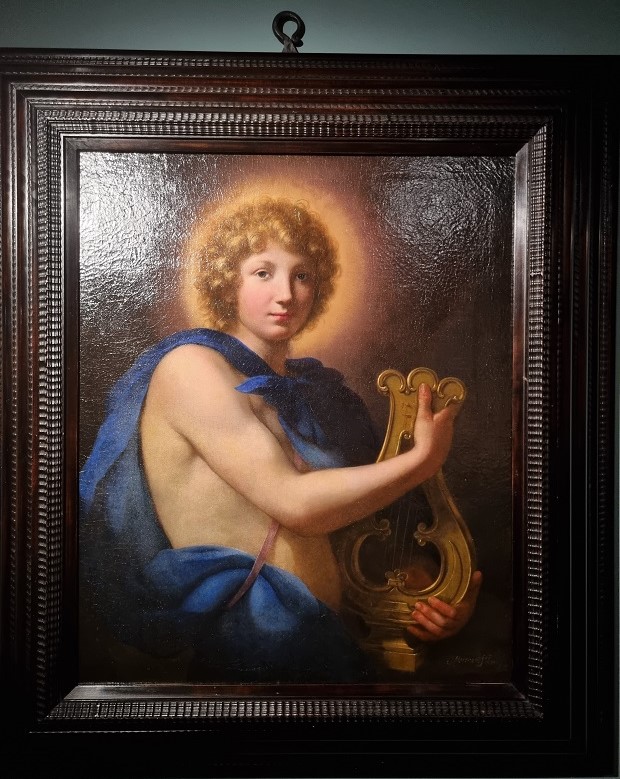
In the pursuit of authenticity, Haukohl has inadvertently become an expert in picture frames; the majority in the exhibition are original and flamboyant examples. “It’s important to bring period frames to period paintings and also use antique frames.” Two paintings by Marinari bear imposing wooden frames that have been carefully remodelled to present what appear to be a matching pair (Apollo with lyre, pictured above).
When the original frames were beyond repair, new ones were sourced in sales and in some cases, specialised Florentine workshops recreated period frames in order to replicate the spirit of the Baroque era.
Combining the family’s passion for art and literature, Haukohl is the co-founder of the Florence-based Medici Archives. Cataloguing 400 years of history of the dynasty that rose from merchant banking to dukedom, it’s another example of an enduring philanthropic drive to forge a cultural legacy that will infuse future generations.
Baroque in Florence
Until 21 July
Bozar
Rue Ravenstein 23
Brussels
Photos: Cesare Dandini, Allegory of Musical Fame. Courtesy The Haukohl Family Collection. Photo: Tom Lucas; Vincenzo Dandini, Juno. Courtesy The Haukohl Family Collection. Photo: Tom Lucas; Florentine silk tapestry. Courtesy The Haukohl Family Collection. Photo © Sarah Crew; Cesare Dandini, Saint Catherine of Alexandria, Courtesy The Haukohl Family Collection. Photo: Tom Lucas; Onorio Marinari, Madonna and Child, Courtesy The Haukohl Family Collection. Photo: Tom Lucas ; Giovan Domenico Ferretti, Harlequin and His Companion. Courtesy The Haukohl Family Collection. Photo: Tom Lucas ; Apollo with a lyre by Onorio Marinari. The Haukohl Family Collection. Photo © Sarah Crew












